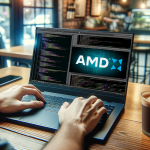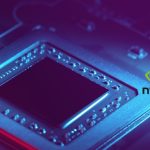Tesla CEO Elon Musk has announced an expected timeframe for the release of Full Self-Driving (FSD) capabilities in Right Hand Drive (RHD) markets. Tesla aims to begin the rollout between late Q1 and early Q2 of 2025, contingent upon receiving regulatory approval. This rollout will significantly impact Tesla owners in RHD markets, including the United Kingdom, Ireland, Australia, New Zealand, Japan, Hong Kong, and Singapore. FSD technology, which uses advanced AI, has been a key focus for Tesla’s ongoing development and improvement efforts.
Previous reports regarding Tesla’s FSD capabilities indicated staggered global releases. Earlier timelines suggested initial deployments in Left Hand Drive (LHD) markets before expanding to RHD regions. The gradual approach helped Tesla gather data and refine the system before a broader implementation. Tesla’s commitment to improving FSD has been evident through various updates and enhancements over the years, focusing on safety and efficiency.
Regulatory Challenges
Musk supplemented his announcement with a recent FSD release roadmap shared by the Tesla AI team. According to the roadmap, China and Europe will potentially see FSD deployment in Q1 2025, pending approvals. The phased approach indicates that Tesla prioritizes regulatory compliance and aims to ensure safety standards before rolling out FSD in new markets.
AI and Hardware Investments
Tesla’s progress in AI and hardware is pivotal to the FSD rollout. The company has been developing a unified model of FSD v12.5.2 for AI3 and AI4 vehicles, with a significant update, FSD V13, expected in October. This version promises a ~6x improvement in miles between necessary interventions, reflecting Tesla’s investment in its AI programs.
Elon Musk mentioned the importance of regulatory approval for the FSD rollout in RHD markets.
“Hopefully, RHD markets in late Q1, early Q2, pending regulatory approval,”
Musk tweeted. The release could be a critical step towards the global availability of Tesla’s advanced driver-assist system.
Tesla’s ongoing efforts in enhancing FSD rely heavily on their AI infrastructure. Notable investments include the buildout of the Cortex supercomputer cluster at Giga Texas and the Dojo supercomputer project in Buffalo, New York. These initiatives, involving thousands of Nvidia GPUs, are designed to bolster the capabilities of Tesla’s FSD and Autopilot programs.
The phased approach in Tesla’s FSD deployment strategy showcases a balance between innovation and regulatory adherence. Continuous improvements in FSD technology, driven by AI advancements and substantial financial investments, indicate Tesla’s commitment to enhancing the driving experience. As regulatory bodies review Tesla’s proposals, the anticipated early 2025 rollout for RHD markets remains a significant milestone in bringing FSD technology to a wider audience.










